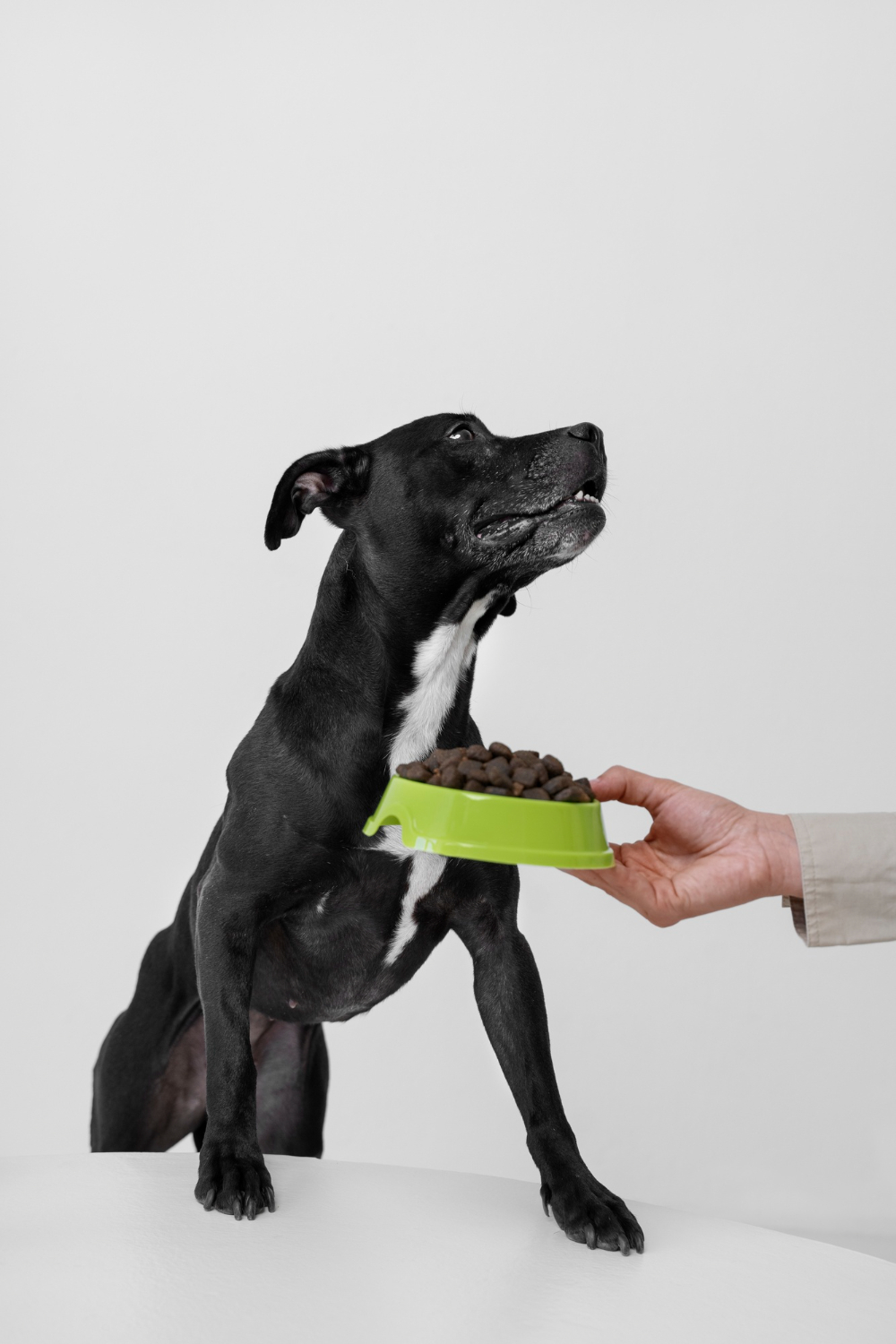A brief essay on the gaps in availability of full-coverage pet insurance
The cost of owning a pet has never been higher, especially when things don’t go to plan. An emergency vet visit can set pet parents back up to $10,000, while the cost of treating some of the most common illnesses can reach up to $5,000.
A comprehensive pet insurance policy can offer a crucial lifeline to those who might otherwise be unable to afford these costs, but even the best pet insurance policies have gaps in coverage. This can lead to a nasty surprise when you come to make a claim, or even prevent your pet from receiving treatment at all.
While there’s no such thing as a perfect pet insurance policy, there are ways to avoid certain coverage gaps and minimize the impact of others. But to do that, you first need to know what they are and how they work! In this article, we’ll cover the basics of pet insurance and show you how to avoid coverage gaps so that your precious pet gets the best care you can give them.
Pet insurance 101
The general purpose of pet insurance is to help you cover the cost of unexpected vet care for your pet. There are two main types of policy:
Accident-only covers injuries and other problems that arise from an accident. So if your dog breaks a leg or your cat swallows something they shouldn’t, for example, you can make a claim.
Accident and illness also covers you if your pet gets sick. For example, if they get an infection or develop a long-term health condition, this type of policy will help to cover their medical expenses.
Preventative care (e.g. flea and tick prevention) and general wellness costs (e.g. annual check-ups and dental cleanings) are not covered by these policy types. However, you can sometimes add on a wellness plan for an additional fee to help cover some or all of these costs.
To maintain your insurance coverage, you’ll pay a monthly or annual premium. This will depend on factors like your pet’s age, breed, and general health. Older pets, for example, tend to be more prone to illness, and since you’d be more likely to make a claim, the premium would usually be higher.
When you’re choosing a policy, you’ll also choose the following:
Reimbursement rate – the percentage of your vet costs that will be reimbursed by your insurance company if you make a claim. This is typically around 80% but can range from 70-100%.
Annual limit – the maximum amount your policy will pay every year towards your pet’s total care.
Per-incident limit – the maximum amount your policy will pay per illness or accident.
Deductible – the amount you’re required to pay yourself before your policy coverage kicks in.
Co-pay – a fixed cost contribution that you may have to make towards each treatment.
Depending on what you choose for each, your premiums may be higher or lower. For example, if you choose a higher deductible and a lower reimbursement rate, this will lower your premium because your insurer would have to pay out less if you made a claim.
Gaps in pet insurance
A good policy can be a big help if you’re faced with unplanned treatment costs for your fur baby, but there’s no denying that pet insurance has its limitations. To get the best out of your policy, let’s address the most common shortfalls and how you can plan for them.

Level of reimbursement
Let’s say your pup has gotten into something they shouldn’t and they’re starting to look unwell. Time for a trip to the V-E-T! Unlike with your own health insurance, you have to pay the vet upfront before your dog can receive treatment. Your vet gives you a bill for $1,200, and thankfully your pup makes a full recovery.
Later on, you submit a claim against your insurance policy, which has a 90% reimbursement rate and a $500 annual deductible. That means you’ll be responsible for the first $500 of the $1,200 bill, which leaves $700 that you can claim for. Your insurance company will reimburse you for 90% of this leftover amount, or $630, leaving you responsible for the remaining $70.
A 90% reimbursement rate sounds great on the surface! But as you can see here, when you factor in the deductible, you’re still footing $570 of the $1,200 bill – and you had to come up with the $1,200 upfront and wait for reimbursement. When you consider that 37% of Americans report having less than $400 in emergency savings, the main issue with pet insurance starts to become clear.
Some pet insurance providers are starting to offer 100% reimbursement rates. But as far as we’re aware, they still require contributions from you in the form of deductibles and/or co-pays, and they will still have limits to their cover. That brings us to the next gap…
Annual and per-incident limits
Uh-oh! Your pup is at the vet’s office again and this time the bill is $3,000.
You’ve already met your $500 deductible for the year, so you could theoretically claim up to 90% of this entire bill back. That’s $2,700, which would leave you to pay $300.
So let’s say you have an annual limit of $5,000. You already claimed $630 for your last vet visit, leaving you with $4,370 before you hit your limit. Congrats! That’s more than enough left to claim that $2,700 back… unless your policy also has a per-incident limit.
Let’s say yours is $2,000. That’s the maximum your policy will pay out for a single accident or illness, even if you’ve not yet reached your annual limit. So unfortunately, that means you’re now on the hook for the remaining $1,000 of the bill.
Exclusions
Exclusions are another gap that can catch pet parents off-guard. Almost all policies will exclude the cost of care for breeding and pregnancy, and many more will exclude or limit conditions that are common to certain breeds. For example, French bulldogs are prone to skin problems, so your policy might state that it will not pay out claims relating to skin conditions for your Frenchie. Alternatively, it might set a lower reimbursement limit for these specific issues, e.g. 70% reimbursement for skin problems and 90% for everything else.
Pre-existing conditions
Pet insurance policies generally do not cover pre-existing conditions, which can cause challenges for older pets or those who already have health problems. However, some policies will offer a waiting period, which means you can claim against existing conditions after you’ve held the policy for a certain period of time. If your pet has had a curable condition in the past, some policies will also cover your pet again after a certain period of time has passed without symptoms.
If you already have a pet insurance policy and your pet gets sick, your insurer should not treat this as a pre-existing condition when it comes time to renew your policy. As a result, it should not be used to raise your premiums. This is according to the Pet Insurance Model Act 2022 passed by the National Association of Insurance Commissioners.
How to dodge the gaps in pet insurance policies
Now that you understand the different elements of pet insurance and the gaps that they can create in your coverage, you can tailor your insurance policy to minimize them. Follow these steps to get the best coverage for your pet:
Step 1: Understand your pet’s risk factors
Older pets and certain breeds are more prone to some illnesses and injuries than others, and this will be reflected in your insurance coverage. Research health conditions specific to your pet’s breed and the average treatment cost, and explicitly ask any potential insurers about coverage, limitations, and exclusions.
Step 2: Adjust your policy accordingly
If your pet is young and healthy, or they’re not at high risk of any breed-specific health conditions, then you might consider keeping your premiums low by choosing the highest deductible and the lowest reimbursement and annual/per-incident limits you can afford.
If you’ve identified that your pet is high-risk, then the reverse is true, and you might consider choosing higher limits and reimbursement rates and lower deductibles. If you researched the average treatment cost in Step 1, you can use it to choose a reimbursement that will cover you appropriately. You’ll pay higher premiums now, but you’ll have more of a financial buffer later if your pet needs treatment.
Step 3: Ask lots of questions
Before signing a policy, don’t be afraid to give the insurer a call and ask as many questions as you need to understand your coverage. A reputable insurer will be happy to help you make an informed choice, and there’ll be much less risk of a surprise should you ever need to make a claim.

More tips for getting the most out of your pet insurance
As you can see, pet insurance is not a perfect solution. No pet insurance policy will completely protect you from the financial impact of an unexpected illness or accident – but it sure can cushion the blow! With 41% of surveyed pet owners reporting going into debt for their pet’s treatment, and 18% having had to euthanize their pets because they couldn’t afford it, insurance really is a lifeline that can save you a world of stress and heartache. For more advice and strategies on how to get the best from your pet insurance, check out our article Pet Insurance: Are There Any Good Options? now


